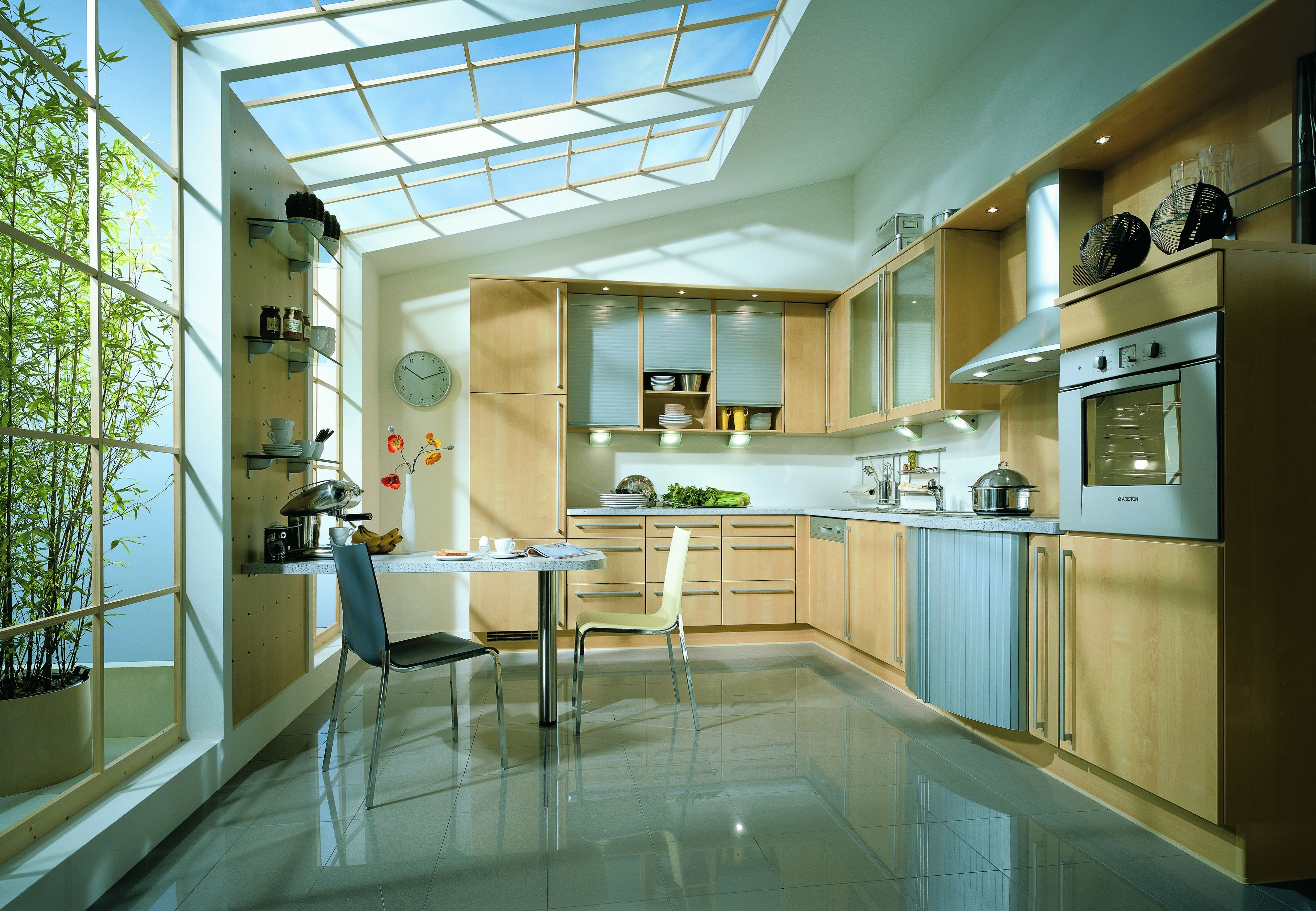From Blueprint to Beautiful: Exploring the Synergy between Architecture & Interior Design
In the world of creating spaces that not only exude functionality but also evoke a sense of beauty and harmony, architecture and interior design stand as two intertwined pillars. These disciplines, although distinct, share a common goal: to shape our surroundings in a way that fully embraces the needs and desires of individuals while enriching their experience within the built environment.
Architecture, at its core, focuses on the design and construction of buildings, considering factors such as structural integrity, functionality, and aesthetics. It encompasses the grandeur of a building’s exteriors, the spatial arrangement of rooms, and the flow of natural light that permeates through its walls. It sets the stage, defining the framework upon which interior design can flourish.
On the other hand, interior design delves into the intricacies of enhancing the internal spaces of a structure, breathing life into its soul. It concerns itself with the selection of materials, colors, textures, and furniture arrangements that transform architectural spaces into inviting and comfortable interiors. It is the fine details, the subtle nuances, and the intentional elements that convey personality, evoke emotions, and create a sense of place within those walls.
Together, architecture and interior design dance harmoniously, coalescing their distinct perspectives to create spaces that transcend the ordinary. They work in tandem to conceptualize and execute spaces that encapsulate a client’s vision, incorporating both form and function. While architecture lays down the blueprint, interior design adds the finishing touches, amplifying the space’s character and transforming it into a work of art.
Join us as we embark on a captivating journey to explore the synergy between architecture and interior design, delving into their interplay, collaboration, and profound impact on the way we experience physical spaces. From the grand facades that catch our gaze to the minute details that capture our admiration, we will delve into the fascinating world where form and function unite, resulting in spaces that transcend mere utility and become truly beautiful in their essence.

1. Creating Seamless Spaces
Architecture and interior design are two interconnected fields that work together to create cohesive and harmonious spaces.
The synergy between architecture and interior design is evident in the way they collaborate to achieve a seamless flow from the exterior to the interior of a building. Architects provide the fundamental structure and layout of a space, ensuring that it is functional, safe, and aesthetically pleasing. They consider factors such as building codes, site conditions, and client requirements to create a strong foundation for the design process.
Interior designers, on the other hand, focus on the finer details and aesthetics of the interior space. They enhance the functionality and visual appeal of the architecture by selecting appropriate finishes, furnishings, and decor. By carefully considering factors such as lighting, color schemes, and materials, interior designers transform the architectural blueprint into a beautiful and inviting space.
The collaboration between architects and interior designers is essential in achieving a seamless transition between the exterior and interior spaces. Through close communication and a shared vision, they work together to ensure that the architectural elements and interior design elements complement each other. The result is a cohesive and integrated design that creates a sense of harmony and balance.
In conclusion, the synergy between architecture and interior design is crucial in creating seamless spaces that are both functional and visually appealing. By working together, architects and interior designers bring the blueprint to life, transforming buildings into beautiful and harmonious environments.
2. Harmonizing Aesthetics and Functionality
For architects and interior designers, the art of harmonizing aesthetics and functionality is a delicate dance. It involves not only creating visually appealing spaces but also ensuring that they serve a purpose and meet the needs of those who inhabit them.
In the realm of architecture, this means balancing the grandeur of a building’s exterior with its practicality and structural integrity. Architects must consider factors such as the climate, materials, and cultural context to create a design that not only catches the eye but also withstands the test of time.
On the other hand, interior designers take these architectural marvels and transform them into inviting and functional spaces. They carefully select furniture, lighting, colors, and textures to create an ambiance that reflects the purpose and personality of the space.
The synergy between architecture and interior design is where the magic happens. It is the harmonious blending of these disciplines that results in breathtaking structures that are not only visually stunning but also fulfill their intended purpose. By seamlessly integrating aesthetics and functionality, architects and interior designers create spaces that inspire and uplift the human experience.
3. Collaborative Approach to Design
In the world of architecture and interior design, collaboration is key. Professionals from both fields come together to create spaces that seamlessly blend functionality, aesthetics, and innovation. This collaborative approach ensures that every aspect of a project is carefully considered and executed, resulting in stunning and harmonious designs.
Architects and interior designers work hand in hand, sharing their expertise and ideas to bring a space to life. From the early stages of conceptualization to the final touches, this interdisciplinary collaboration allows for a holistic approach to design. The architects provide the structural framework and overall vision, while the interior designers focus on the finer details, such as color schemes, materials, and furnishings.
By combining their skills and knowledge, architects and interior designers are able to achieve a synergy that enhances the overall design. They constantly communicate and work together to ensure that the architectural elements seamlessly integrate with the interior design aspects. This collaboration results in spaces that not only look visually appealing but also function optimally for their intended purpose.
Moreover, the collaborative approach extends beyond just the professionals involved. The input and feedback from clients are crucial in shaping the final outcome. Architects and interior designers listen attentively to the clients’ needs and desires, translating them into a cohesive design concept. This collaborative process ensures that the final design reflects the clients’ vision while incorporating the technical expertise of the professionals.
In conclusion, the synergy between architecture and interior design is best achieved through a collaborative approach. By working together and incorporating the input of clients, professionals in these fields can create spaces that are not only aesthetically pleasing but also functional and tailored to the needs of those who will inhabit them. This collaborative spirit is what ultimately transforms blueprints into beautiful and inspiring spaces.


